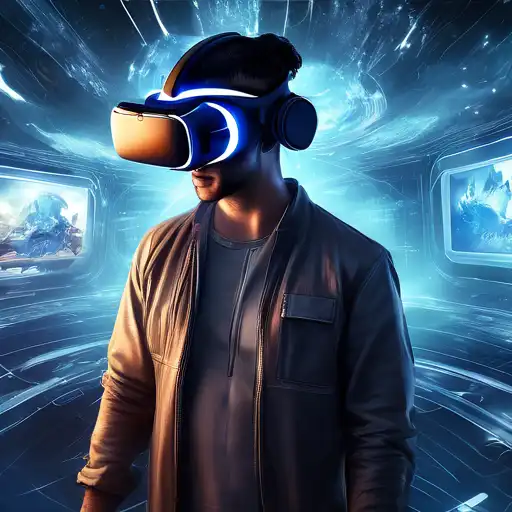Introduction to Virtual Reality
Virtual Reality (VR) has transformed the way we interact with digital content, offering an immersive experience that goes beyond traditional screen-based interactions. This technology has found applications in various fields, from gaming and entertainment to education and healthcare, providing users with a new dimension of experience.
The Evolution of Virtual Reality
The journey of VR from a futuristic concept to a mainstream technology is fascinating. Initially developed for military and aviation training, VR has evolved into a tool that enhances user engagement across multiple sectors. Today, with advancements in hardware and software, VR offers unparalleled immersion, making it a cornerstone of modern digital experiences.
Applications of Virtual Reality
VR's versatility allows it to be applied in numerous ways. In the gaming industry, it creates lifelike environments that elevate the gaming experience. In education, VR facilitates interactive learning, enabling students to explore historical sites or scientific concepts in a virtual space. Healthcare professionals use VR for surgical training and patient therapy, showcasing its potential to save lives and improve outcomes.
Benefits of Virtual Reality
The benefits of VR are vast. It offers a safe environment for training and simulation, reduces costs associated with physical prototypes, and enhances learning through interactive experiences. Moreover, VR has the power to connect people across the globe, offering shared virtual spaces for collaboration and social interaction.
Challenges and Future Directions
Despite its advantages, VR faces challenges such as high costs, technical limitations, and the need for more content. However, ongoing research and development promise to overcome these hurdles, paving the way for more accessible and versatile VR solutions. The future of VR is bright, with potential advancements in haptic feedback, wireless technology, and AI integration.
Conclusion
Virtual Reality is more than just a technological innovation; it's a gateway to new experiences. As VR continues to evolve, it will further blur the lines between the physical and digital worlds, offering endless possibilities for exploration, learning, and connection. The journey into virtual reality is just beginning, and its full potential is yet to be unlocked.
For more insights into the latest in technology and innovation, explore our technology section.
